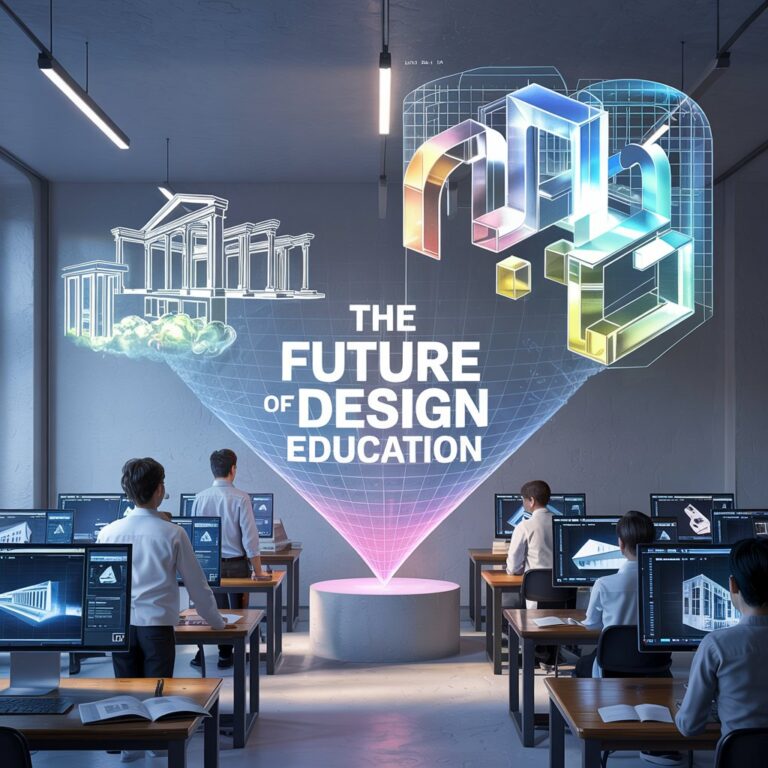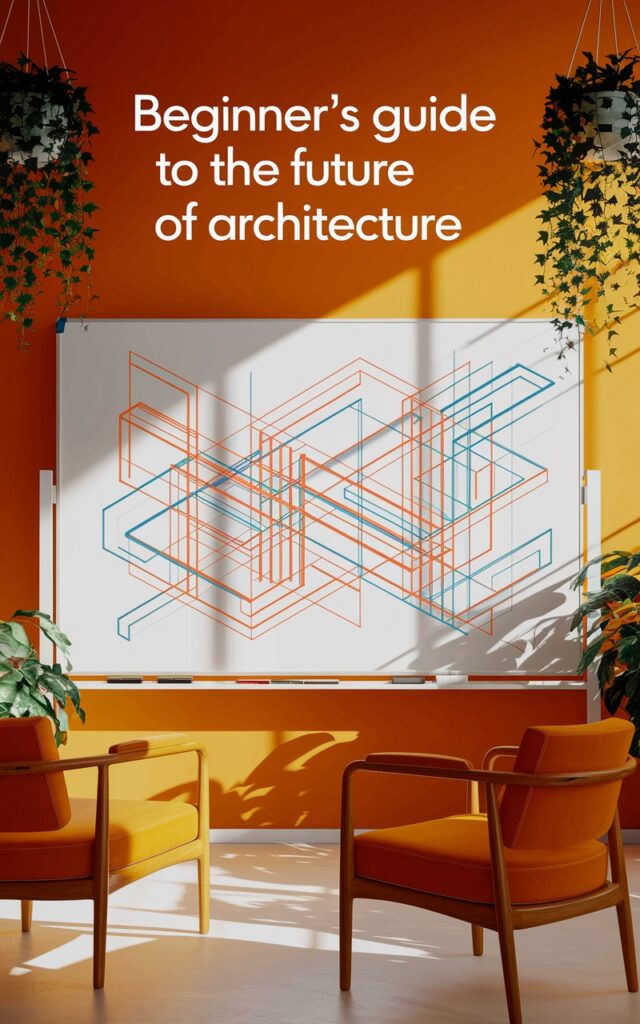Introduction: A New Era of Architectural Creativity
Gone are the days of rigid blueprints and static models. Parametric software—tools like Grasshopper, Rhino, and Dynamo—are transforming how architects think, design, and build. For students, this shift isn’t just about learning new tools; it’s about embracing a mindset where data, algorithms, and nature collaborate to redefine the boundaries of design. But what does this mean for the future of architecture education? And how are institutions adapting to prepare students for a world where “smart design” is no longer optional?
Why This Is Important: Beyond Tools, It’s a Cultural Shift
Parametric design isn’t just another software skill—it’s a revolution in problem-solving. Traditional architecture education often prioritizes aesthetics and static forms, but parametric tools demand a deeper understanding of relationships, variables, and systems. Students learn to design not just objects but processes, creating structures that respond to environmental, social, and functional needs dynamically.
This shift mirrors the industry’s demands. Clients and communities now expect buildings that are sustainable, adaptable, and deeply integrated with technology. Schools that fail to teach parametric design risk leaving graduates unprepared for the challenges of modern architecture.
Key Benefits of Parametric Design in Education
- Enhanced Creativity: Students explore complex geometries and organic forms that were once impossible to draft manually.
- Sustainability Focus: Algorithms optimize material use and energy efficiency, aligning designs with climate goals.
- Collaborative Learning: Parametric workflows encourage teamwork between architects, engineers, and data scientists.
- Future-Proof Skills: Graduates enter the job market fluent in tools driving innovation in firms worldwide.
Challenges and Opportunities: Bridging the Gap
While parametric design offers immense potential, its integration into curricula isn’t seamless. Many schools struggle with:
- Faculty Training: Professors versed in traditional methods must learn to teach computational thinking.
- Accessibility: High software costs and hardware requirements can exclude underfunded institutions.
- Balancing Analog and Digital: Students still need foundational skills in sketching and model-making.
Conclusion: Designing Tomorrow’s World, Today
Parametric design isn’t replacing the architect—it’s amplifying their vision. For students, mastering these tools means joining a generation of designers who can tackle homelessness with 3D-printed communities, combat climate change with carbon-neutral structures, and reimagine cities as living ecosystems. Schools that embrace this shift aren’t just teaching software; they’re nurturing innovators who will shape the future of our built environment.
Ready to be part of the revolution? Whether you’re a student, educator, or design enthusiast, explore how parametric tools can transform your creative process. Share your thoughts in the comments, or connect with pioneers like Soga Design Studio to see how India is paving the way for accessible, impactful design innovation.




